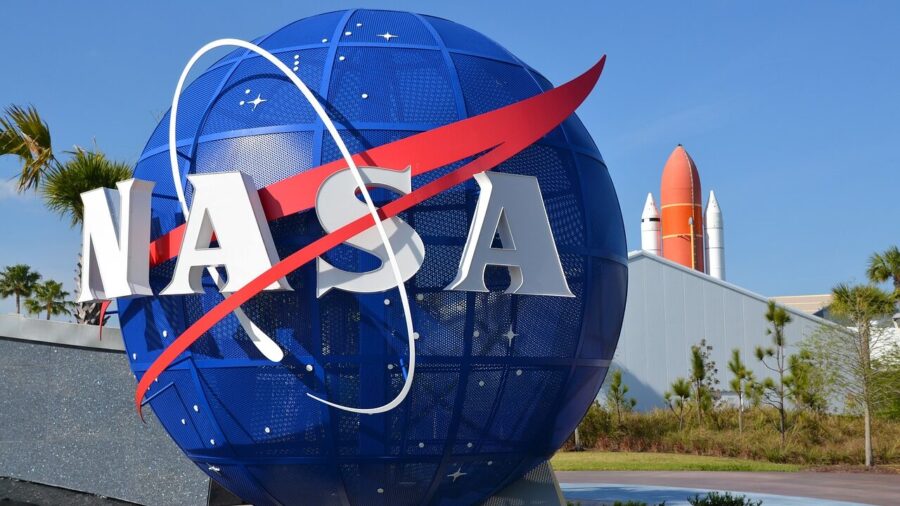NASA plans to mine the Moon as part of its goal to have a permanent human presence there in the near future.
Written by Philip Muir | updated
There is nothing like a good space race to spur governments into action. NASA may be looking into using nuclear-powered rockets and may soon send a probe directly to Uranus, but these innovations are peanuts compared to what it would take to start mining the Moon. But now China wants to mine the moon, and Bloomberg Law stating that this was enough to make NASA want to mine the Moon first.
According to the report, NASA is looking for undergraduate researchers who want to know what it would take to use metal on the Moon for 3D printing, vehicle repair, and other lunar operations. The stated logic is simple: If we were to build a lunar base, it would be beneficial not to have to send a rocket any time the base needed something new. The underlying logic is simpler: we have to do it before China does it.
The general fear is that China will essentially take over the Moon if we don’t move on with Moon technology. NASA Administrator Bill Nelson previously expressed these same concerns. If China claims all of the resource-rich areas on the Moon before the United States, NASA may not be able to find anywhere left on the Moon worth mining.
However, more important than the mining of minerals is the mining of water. NASA has long known that the Moon has water below the surface, mainly in sun-shielded craters. Extracting that water would not only give NASA astronauts something to drink, but it could also be broken down into hydrogen (for fuel) and oxygen (for breathing).

All of this mining will be part of NASA’s very encouraging plan to have a permanent presence on the Moon, known as the Artemis Program. The $93 billion program began in 2017, with its first major flight taking off on November 16, 2022. That flight was unmanned but paved the way for a manned lunar flyby in 2024 and a manned lunar landing in 2025.
By 2030, NASA says humans will have a permanent presence on the moon, with astronauts and scientists living and working on the moon. The plan is to permanently provide habitats, rovers, and scientific equipment on the lunar surface. These mining operations will be a great boon to achieve this goal.
It sounds ambitious, but in some ways, NASA is already behind China, which has been flying uncrewed missions to the moon since 2007. The Chinese National Space Administration has landed on the moon and launched lunar-to-Earth spacecraft containing the moon. Soil. Plans are underway for an automated lunar research station, with a future manned mission planned for the 2030s.
After the launch of the Artemis program, China joined with Russia to set up an international lunar research station in direct competition with NASA. However, there won’t be anyone on the Moon in the program’s current timeline until the mid-2030s. If NASA’s ambitious timeline works the way it’s supposed to, the US will have people on the Moon more than half a decade before The competing station would have any crew on Earth.

“Certified music scholar. Freelance analyst. Social mediaholic. Hipster-friendly web nerd. Zombie buff.”
